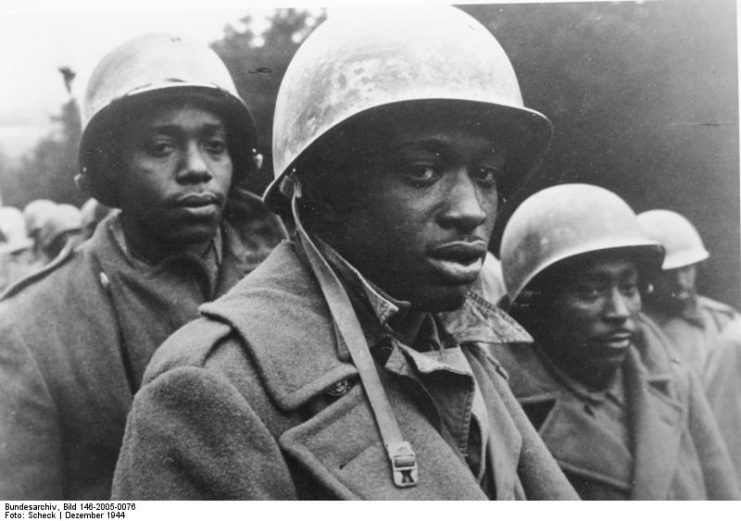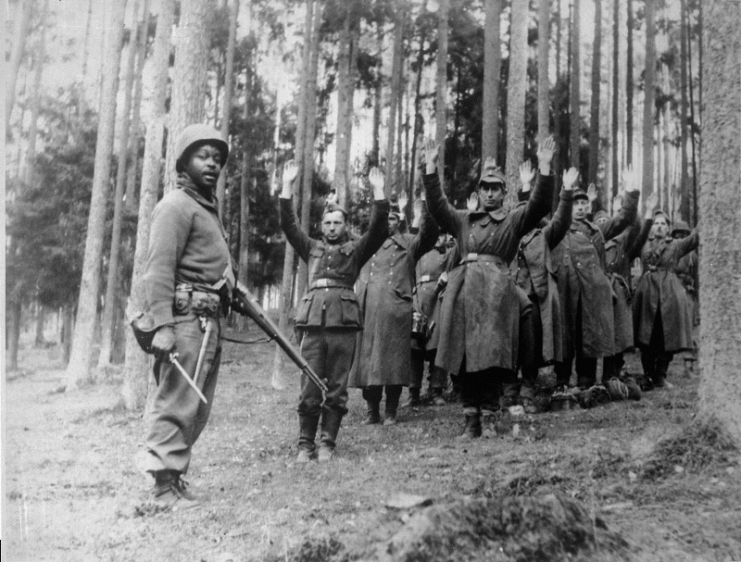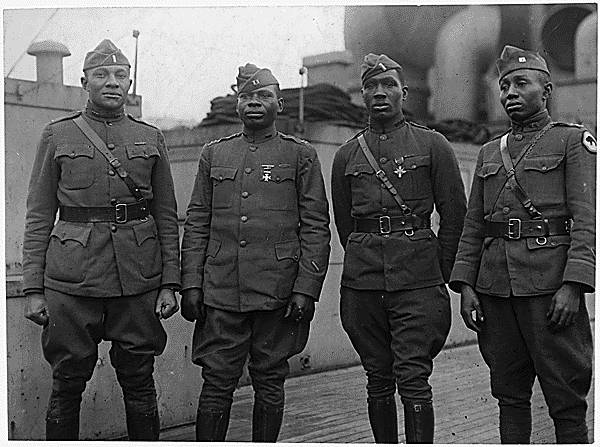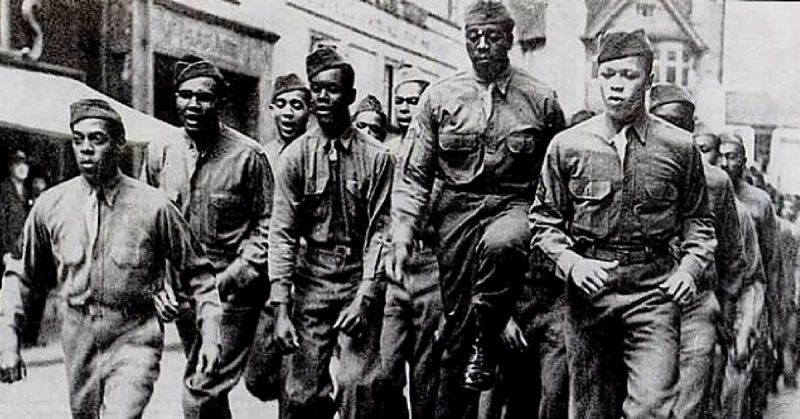The long march toward racial equality within the United States Armed Forces has its roots in the American Civil War, but truth be told, it was not until after WWII that the soldiers of African-American descent were integrated into the regular units.
During WWII, a certain paradox occurred within the United States. They were fighting against Nazi Germany, which had its strict racial laws, degrading all minorities – while holding on to an apartheid-like system back home.
The segregation continued within the army during the war years, as black soldiers were placed in separate units, and often suffered discriminatory treatment and disrespect from their white counterparts.
Rupert Trimmingham, a Corporal in the US Army, was part of one such unit while serving as an electrician in the Army Corps of Engineers. In 1944, he and several other fellow African-American soldiers were traveling from Camp Claiborne in central Louisiana to the military hospital at Fort Huachuca, Arizona.
Louisiana was traditionally conservative towards racial equality, as segregation was strictly followed in the southern state. So much so, that Trimmingham and his comrades could not find a place to dine which allowed them to enter. The locals told them that the only place where people of their skin color could eat was the railroad station public restaurant.
But they were not even allowed to eat inside the restaurant. They had to go to the rear of the building, to the kitchen doors, where they were served a meal, paid at regular price, of course. The humiliation of the act was enough to make anyone’s blood boil, and Trimmingham was already unnerved by the situation.

What struck him the most was the sight of two military policemen who escorted a group of German POWs into the restaurant. During the time, German POWs were treated accordingly and were allowed limited freedoms which, in this case, even included a meal in the local restaurant.
Due to the privilege of their skin color, they were seated, served and spent their lunch talking and joking with the American MPs who acted more like their friends than their captors.
This breach in protocol illustrated a deep divide within both the army and American society at the time. Those who fought against the United States and who stood for an extremely chauvinist regime were treated better than the ones fighting for “the land of the free.”
All of Corporal Trimmingham’s illusions were shattered in an instant. In his own words, the guards and prisoners were having “quite a swell time” during that day, while he and the other black soldiers were served like stray dogs in a back alley.
He decided to act. At the time, Yank Magazine was one of the popular weekly editions of the US Army. Trimmingham wrote a letter of complaint, addressed to the magazine, describing what he witnessed.

A part of that letter, published on April 28, 1944, which serves as a conclusion of his observations, reads as follows:
Here is the question each Negro soldier is asking. What is the Negro soldier fighting for? On whose team are we playing? …. Are [the German POWs] not sworn enemies of our country? Are they not taught to hate and destroy all Democratic governments? Are we not American soldiers, sworn to fight and die if need be for this country? Then why are they treated better than we are? Why does the government allow such things to go on? Some of the boys are saying you will not print this letter. I’m saying that you will.
The letter sparked a huge reaction from the army and the public alike. Letters were written, expressing outrage towards Corporal Trimmingham’s treatment and offering words of support.

To paraphrase just one concerned reader ― treating someone who fights against America better than someone who fights for it, simply because of a person’s skin color, was a mockery of patriotism and a violation of all sense of decency.
The letter turned out to be a milestone in the fight for equality. In 1948, President Truman, guided by this case and many others, signed an executive order to end all forms of discrimination within the armed forces.
The fight for achieving the status of “the most colorblind organization in the world” as the US Army is known today, did not end in 1948 but was undoubtedly making enormous progress. Contributions like the one Rupert Trimmingham gave serve as proof that no significant change ever happened without a struggle.
